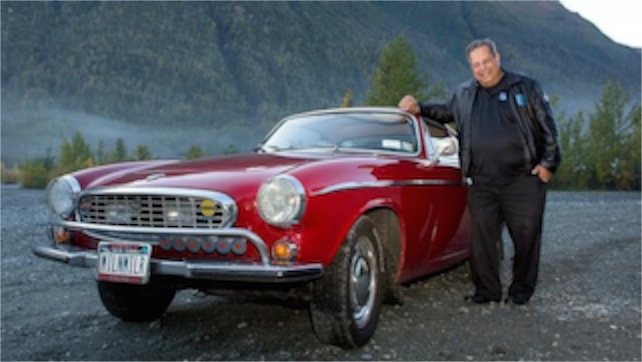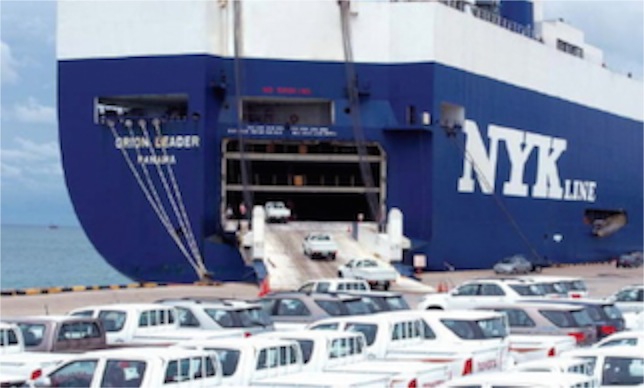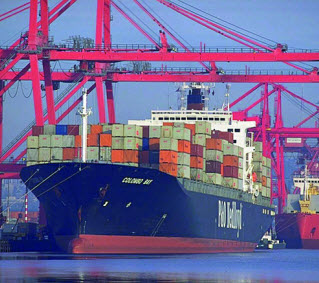Millions of miles
23/09/13 05:44

I’m pretty sure that I won’t be breaking that record. The car I drive has only a little over 219,000 miles on it and it is beginning to develop a few quirks. The main reason I will not come close to the record, however, is that I simply drive a whole lot less than Mr. Gordon does. I thought out usage of cars was relatively high. Many automobile leases surcharge for mileage in excess of 10,000 miles per year and quite a few car warranties are based on a similar level of driving. Living in Western South Dakota, we put on quite a few more miles than that. In the 14 years of its life, the car I drive has averaged 15,643 miles per year. But that is small in comparison with the 63,929 miles per year that Mr. Gordon’s Volvo has averaged.

We invest a significant amount of energy in shipping automobiles from one place to another. Mr. Gordon’s car traveled from Sweden to the United States before it started to travel under its own power. My car made the trip from Japan to the U.S. It is not uncommon for a vehicle to have traveled by ship, train and truck before it reaches a dealership. I have heard that the process of importing vehicles and parts into the United States requires so much shipping capacity that shipping rates are much less expensive going the opposite direction because shippers have to discount the price in order to avoid having to run their ships empty on the return trip. There is far more capacity than demand going from the United States to Japan and China.
It isn’t just automobiles that we import. Have you tried to purchase a pair of socks that were made in America recently? Even after last April’s fire in Bangladesh that claimed over 1,100 lives, millions of workers are putting in 19-hour shifts in dangerous conditions to make low-cost clothing for American and European stores. We will occasionally pay brief attention to the human cost of cheap Western clothing, but then our attention is distracted and things go back to normal. Even with the lower labor costs due to the nearly slavery conditions faced in some places, it is hard to understand that it is cost efficient to ship clothing half way around the world. It may be the case that we could save more energy by the decisions we make on what clothing to wear than we can by decisions about what vehicle to drive or how often to drive.
I have read that one can save more energy through food choices than through choices about vehicle use. Much of the food in our supermarkets has traveled more in the past month than we have. Try purchasing a tomato that was grown in our state, or an apricot that was grown on our continent. Check out the distance the watermelons in the grocery store have traveled. It is wonderful having all of the choice in our stores and low prices for food, but it seems that there are hidden costs to our way of life.

Life in a global market is confusing and it is difficult to know what is the best choice.
It is not just commodities that we import and export. Go to the hospital in Rapid City and you will have to deal with a billing department in Denver. Purchase a computer that was designed in California and it might be direct shipped to you from China. And when you need product support, you might be talking to someone in India on the phone.
So we continue to make imperfect decisions with incomplete information.
Maybe, with careful maintenance I can get another 150,000 miles on my old car. That would at least allow me to put off the decision about what to buy next for another decade.